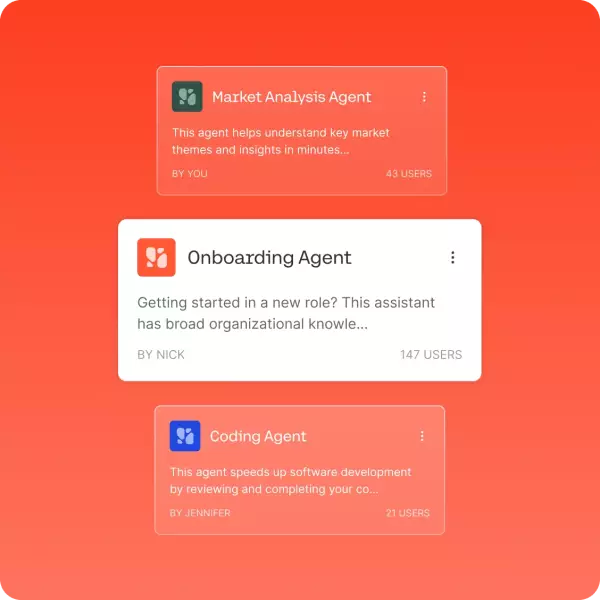The advent of large language models (LLMs) has revolutionized how organizations interpret, process, and utilize vast amounts of data. Yet, despite their promise, many models remain mired in limitations such as hallucinations, insufficient reasoning, and lack of control, especially in enterprise contexts where precision and reliability are paramount. Cohere’s recent release, Command A Reasoning, boldly addresses these shortcomings by embedding advanced reasoning capabilities into its enterprise-focused AI suite. This model exemplifies a transformative shift from mere language generation to sophisticated understanding and decision-making, which are vital for organizations that seek to automate complex workflows securely and effectively.
What distinctly sets Command A Reasoning apart is its laser focus on reasoning depth and operational safety. Instead of being just another generative AI, this model is optimized for tasks that require thoughtful analysis—such as market research, legal document interpretation, or strategic planning—where hallucinations are not just inconvenient but potentially catastrophic. It recognizes that enterprise AI deployment demands an AI engine capable of navigating nuanced information at scale, and it boldly ventures into that space with impressive benchmarks and strategic features. Considering the increasing reliance of businesses on AI for core decision-making, this model could genuinely bridge the gap between theoretical AI capabilities and practical, high-stakes enterprise needs.
Engineering for Multilingual and Multitask Excellence
In the increasingly interconnected world of global commerce, language diversity is a non-negotiable factor in deploying enterprise AI. Cohere’s Command A Reasoning recognizes this necessity by supporting 23 languages out of the box, including Arabic, Hindi, Japanese, and French, making it highly adaptable for multinational corporations. Such multilingual proficiency ensures consistent quality and reasoning capability across regional markets, critical for maintaining brand integrity and operational efficiency.
Beyond language support, the model’s design emphasizes handling overlapping and sprawling enterprise documents—long emails, extensive reports, and complex workflows—that traditional models struggle to process without losing context or halting conversations with hallucinations or errors. By supporting up to 256,000 tokens on multi-GPU setups, Command A Reasoning can efficiently manage substantial data loads, enabling enterprises to use it for comprehensive analysis, long-form content synthesis, or deep research tasks. This emphasis on scalability and robustness signifies Cohere’s understanding that enterprise AI must match or surpass human capacities in reasoning and contextual understanding.
Furthermore, the model’s multilingual training and performance are not mere marketing points—they are core to its effectiveness across diverse markets. This universal applicability underscores a broader trend: AI systems must be universal, adaptable, and capable of maintaining consistency across languages and domains if they are to be trusted tools in high-stakes decision environments.
Tool Use and Agentic Workflows: Shaping the Future of AI Operations
One of the most revolutionary aspects of Command A Reasoning is its built-in capability for tool use, which signifies a bold step toward real-world applicability. Unlike many models that simply generate text, Command A Reasoning can invoke APIs, connect to databases, or query external systems in real time—features that transform it from a passive generator into an active participant in enterprise workflows.
This ability to integrate with existing tools via JSON schemas and seamlessly connect with enterprise systems signals a future where AI agents are not isolated modules but interconnected, autonomous entities working collaboratively. Combined with the support for agentic workflows—combinations of multiple AI agents handling different parts of a process—companies can create complex automation pipelines that resemble human teams but with far greater speed and consistency.
The inclusion of a token budget system further enhances control: users can decide how much reasoning to allocate to each input, balancing depth and latency according to operational needs. This configurability is critical because it offers enterprise users the flexibility to optimize AI behavior, saving resources without sacrificing accuracy or throughput.
Safety, Customization, and Strategic Business Value
Safety remains a top concern for firms deploying AI, especially in sensitive sectors like finance, healthcare, or legal services. Cohere’s focus on safety features—training the model to avoid over-refusal while filtering harmful content—addresses an enterprise’s demand for reliable, compliant AI solutions. These safety measures are not mere add-ons; they are deeply integrated into the model’s training architecture, promising fewer regulatory headaches and reduced risk of reputational damage.
The strategic partnership with SAP illustrates the model’s immediate value to enterprise ecosystems. Embedded into SAP’s Business Technology Platform, Command A Reasoning will empower organizations to develop tailored, agent-based solutions within their secure infrastructure. This on-premises deployment capability ensures data privacy and compliance, which are non-negotiable in regulated industries. It also signals a shift toward customizable, secure AI deployments that respect enterprise sovereignty over sensitive data.
Cohere’s approach to pricing and access suggests an understanding that enterprise AI is not one-size-fits-all. While researchers have open access for non-commercial purposes, tailored deployments come at a premium, reflecting the bespoke nature of enterprise integration. This model-of-choice approach indicates Cohere’s intention to be more than just another AI provider; it aims to be a strategic partner enabling digital transformation through advanced, safe, and customizable reasoning AI.
The release of Command A Reasoning marks a notable evolution in the enterprise AI landscape. Its fusion of robust reasoning, multilingual capacity, tool integration, and focus on safety sets a new standard. As AI continues to permeate organizational workflows, models like this will not only automate tasks but will fundamentally reshape how enterprises analyze, decide, and operate in an increasingly complex world.

